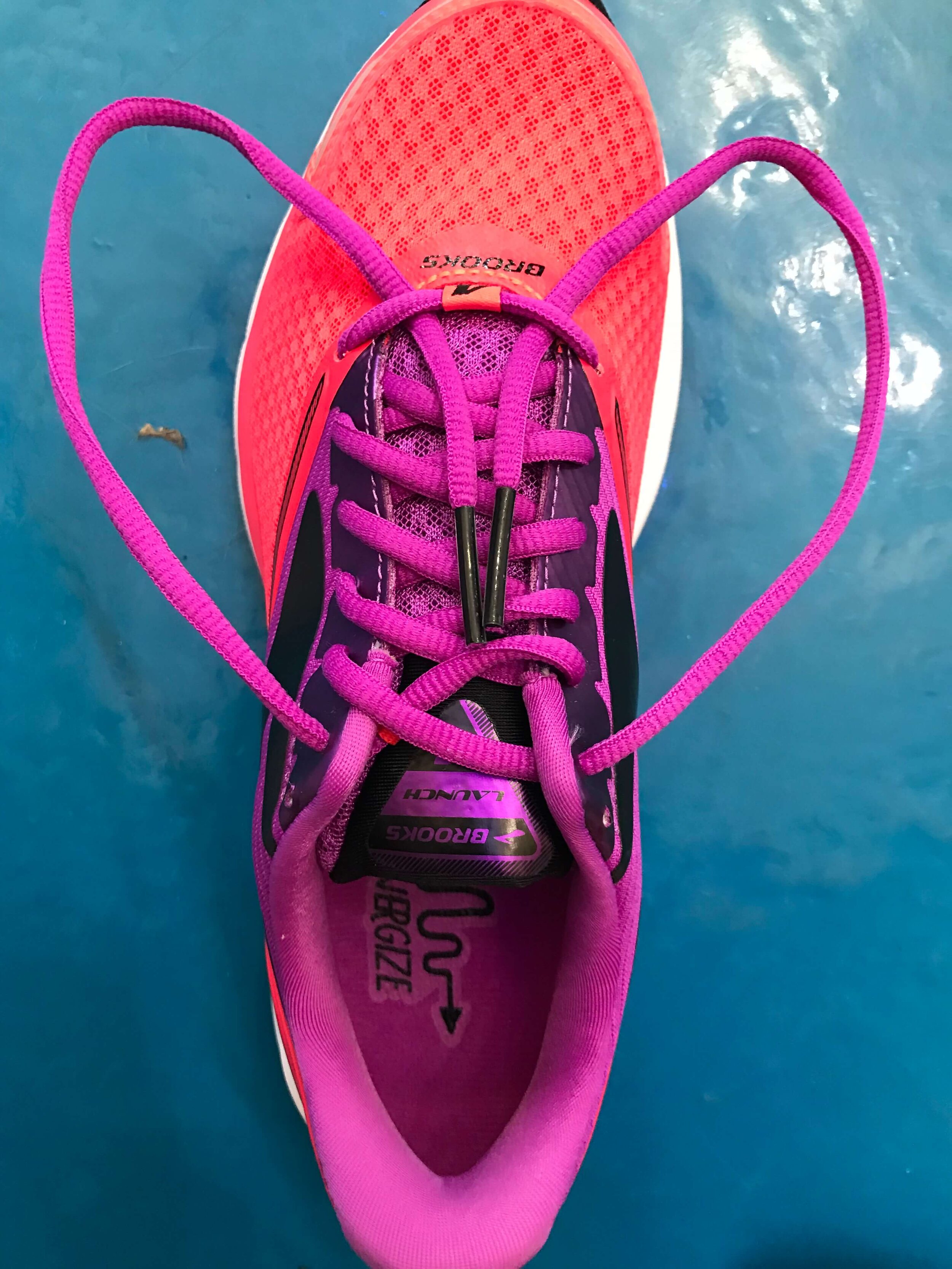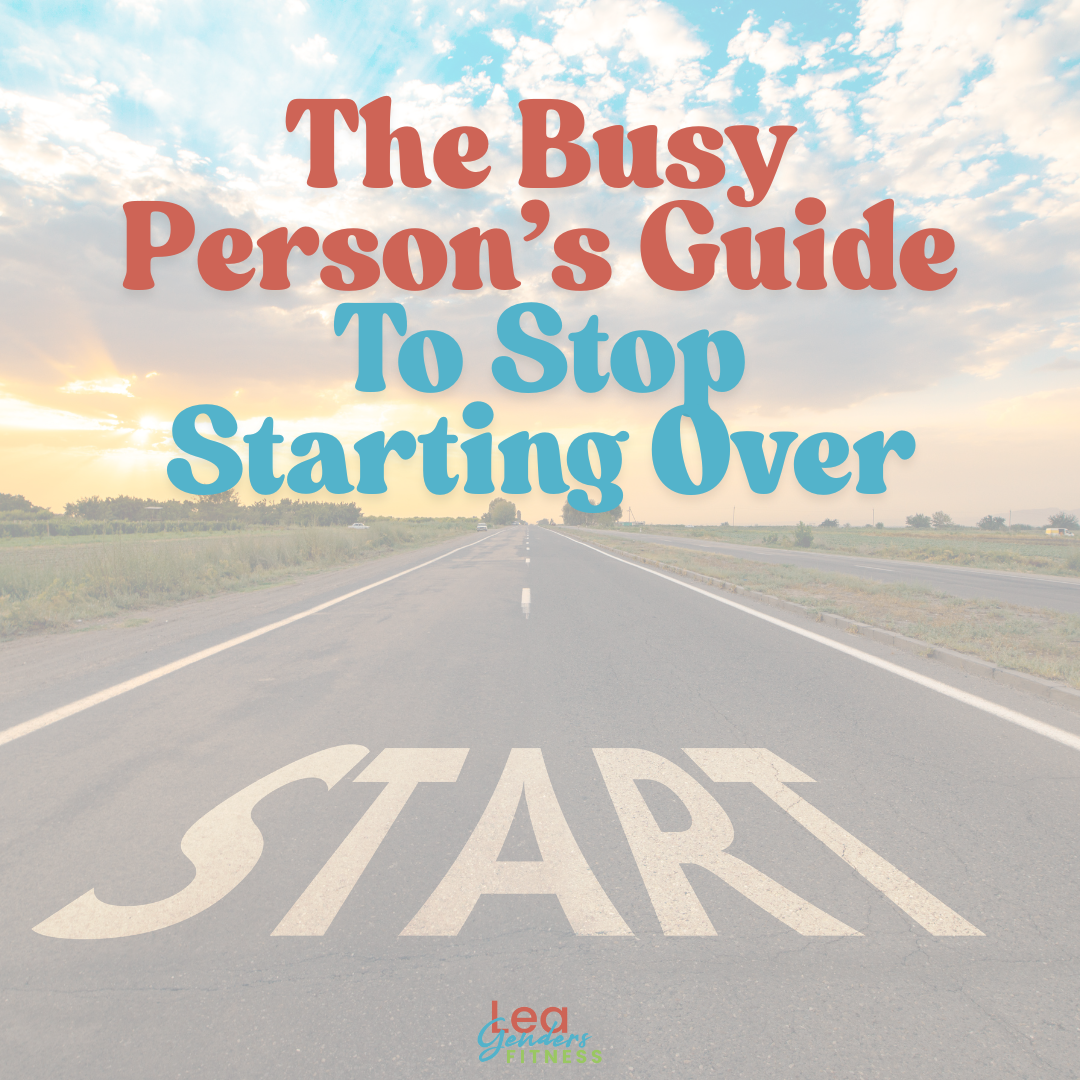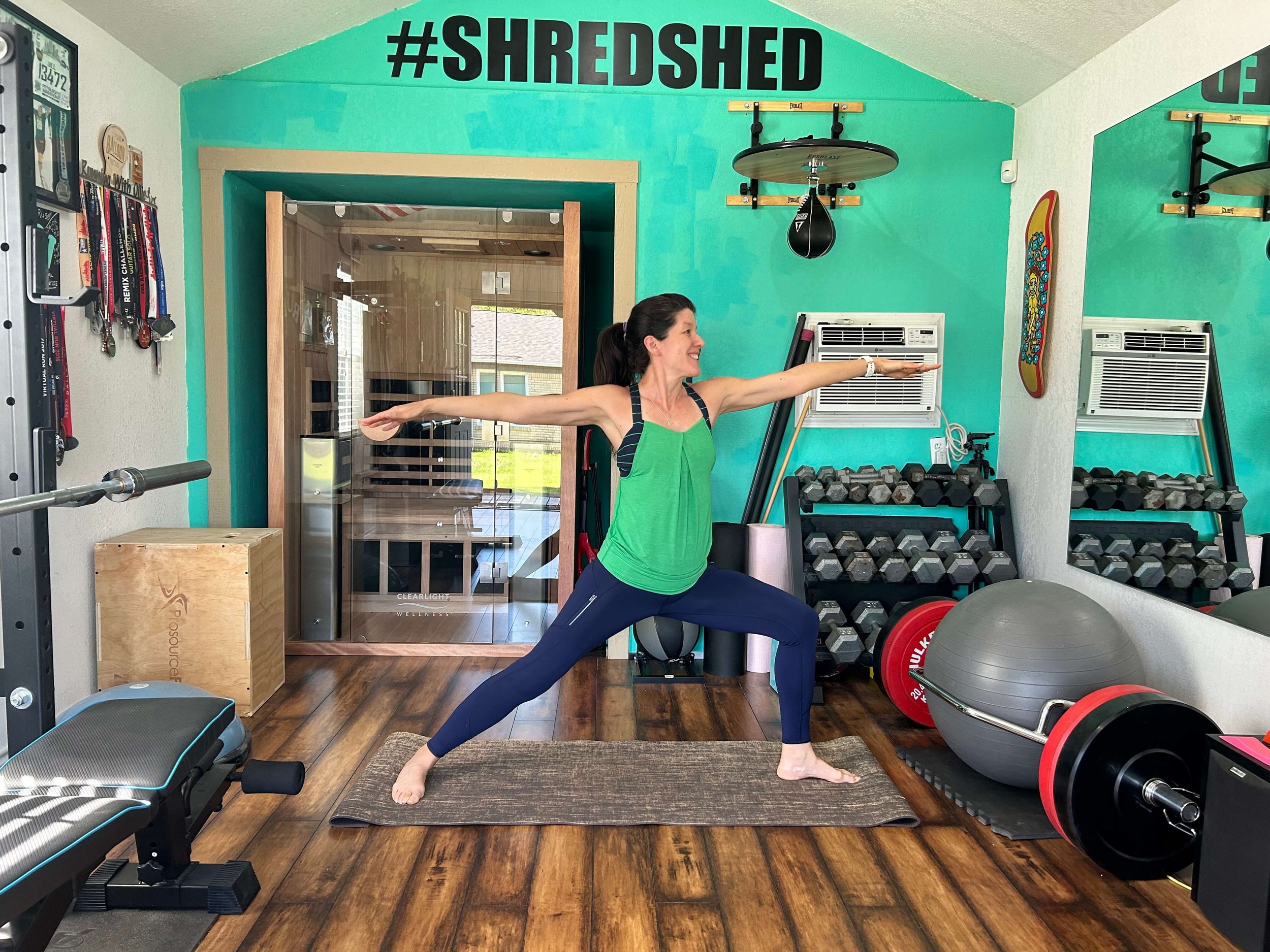Welcome to my new series, Ask the Trainer! I take your questions and answer them on the blog so others can benefit from the answers. I am not a medical professional. Please always direct medical questions and health concerns to your doctor. I am happy to provide my opinion on topics of exercise, training and running.
Our first question is a great one from Annie.
My name is Annie. I came across your blog on Pinterest and have looked through a lot of it. I've been a runner for about 5 years now. I've done several 5Ks and one half marathon. I teach so it is hard to find time to run (I'm not a big fan of the treadmill) and it gets dark early now. I'm wanting to get back into consistent running so I can do another half marathon eventually and honestly running helps me manage stress. I would love to have a running coach, but I can't afford that right now but I wondered if you would be willing to answer a question about rest days... I deal with excessive exercise and anorexia nervosa, so rest days are something I don't take. I do a workout every single day for at least an hour and am on my feet all day teaching, etc. I saw "rest day" on the training plan I followed for my half marathon, but didn't take it (I would take a rest day from running, but not from HIIT and strength). I saw what you wrote about the need for "rest days" but does that mean not to do anything exercise wise or just not run? I would appreciate some guidance. Thank you and I will continue to follow your blog!
Annie
Hi, Annie.
First of all, thanks so much for checking out my blog. I appreciate the support.
As a general rule, I do recommend at least one full rest day a week from strenuous exercise, including running and strength training. I usually recommend stretching, light Yoga, foam rolling or walking on those rest days for clients who want to keep moving.
Our bodies adapt to exercise (build muscle, get stronger, get faster) during rest, not during the actual exercise, so rest days are important to allow your muscles to repair and rebuild. If you are resistant to a complete rest day, I would at least recommend a very easy short run at a very light effort 1-2 minutes slower pace than usual.
However with all that being said, since I don't know you personally it is hard for me to say what your body needs. We are all different and only you know how your body responds to the stress of exercise. Based on what you told me, you seem to have a tolerance for a high volume workout schedule.
My advice would be to pay close attention to some potential warning signs of overtraining such as irritability, insomnia, lack of focus, exhaustion, lack of progress in training, injuries, among other symptoms. However, if you can honestly that say that you look, feel and perform your best, I'd be remiss to tell you to change something that is working for you. It's important to cover all three: how you look, how you feel and how you perform. If you listen to your body, those things will tell you if you're on the right track in regards to your exercise volume, intensity and nutrition. If you look great but feel lousy and perform at a low level, something probably is not right.
If you deal with eating and exercise disorders as you mentioned I strongly recommend working with medical professionals to help you navigate those issues.
So long answer short, I believe that athletes benefit from at least one full rest day a week because our muscles need the rest to repair and rebuild. Very low volume and intensity on those days should be enough rest. I personally alternate between high intensity days, low intensity days and rest days. For example I might have a HIIT (high intensity interval training) day followed by an easy run day, then heavy(ish) lifting day, then an easy run day, HIIT day and a rest day. Sleep is also important for recovery, work towards 7-8 hours of sleep per night. I have found as I am getting older I need more rest days than I did even five years ago.
If you listen to your body and are willing to make changes to your lifestyle and exercise schedule as needed in order to stay healthy you'll be on the right track.
Good luck and happy training for your next half marathon! Let me know how your training goes!
Like this post? Please consider sharing.
What do you think? Any questions? Let me know in the comments, email me or submit your question to Ask The Trainer to be answered in a future blog post.
I am a NASM personal trainer and RRCA adult distance running coach that specializes in strength training for runners. I offer in-person training in the Shredshed, online training and Fit to Run bootcamps. If you are interested in a more in-depth running or strength training plan, please contact me. Have questions? I'd love to help.
While I am a certified personal trainer, I am not your personal trainer. Since I don't know your exercise abilities, injury background or medical history, please see your doctor before beginning any new exercise program. This is an opinion blog. No information in this blog is intended to be taken as medical advice or prescription. Please see your doctor and/or registered dietitian for any health concerns.



















































You don’t have to wait for life to calm down to take care of your health. The people who stay consistent aren’t relying on perfect conditions. They build habits they can lean on when things get hectic. It’s not about finding more time, it’s about using the time you do have, five or ten minutes at a time, to stay connected to movement. That’s what keeps the momentum alive.